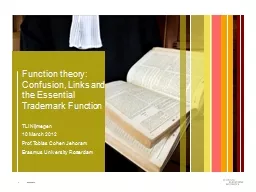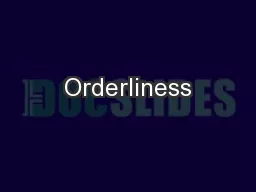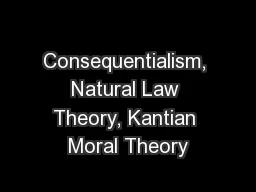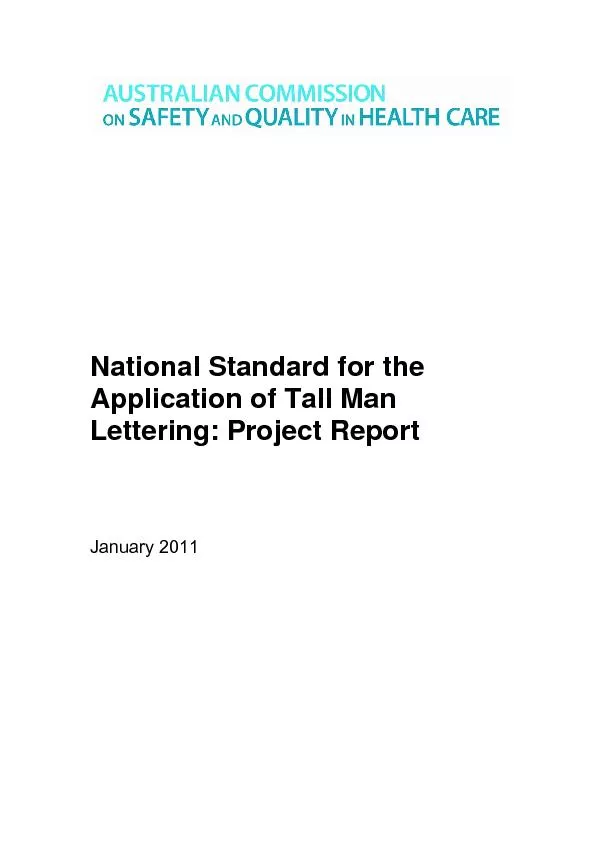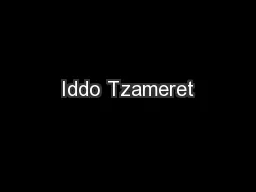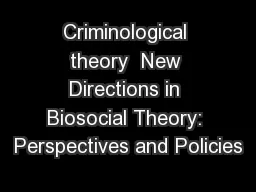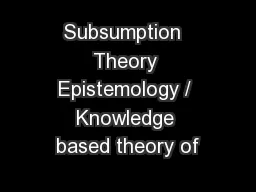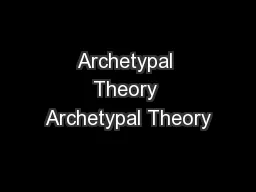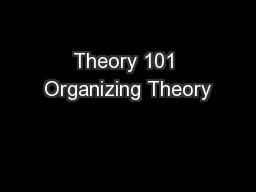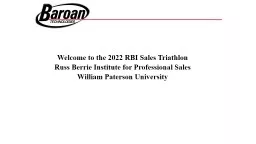PPT-Function theory : Confusion
Author : hoodrona | Published Date : 2020-07-04
Links and the Essential Trademark Function TLI Nijmegen 10 March 2012 Prof Tobias Cohen Jehoram Erasmus University Rotterdam 932012 1 Overview Brief history
Presentation Embed Code
Download Presentation
Download Presentation The PPT/PDF document "Function theory : Confusion" is the property of its rightful owner. Permission is granted to download and print the materials on this website for personal, non-commercial use only, and to display it on your personal computer provided you do not modify the materials and that you retain all copyright notices contained in the materials. By downloading content from our website, you accept the terms of this agreement.
Function theory : Confusion: Transcript
Download Rules Of Document
"Function theory : Confusion"The content belongs to its owner. You may download and print it for personal use, without modification, and keep all copyright notices. By downloading, you agree to these terms.
Related Documents

